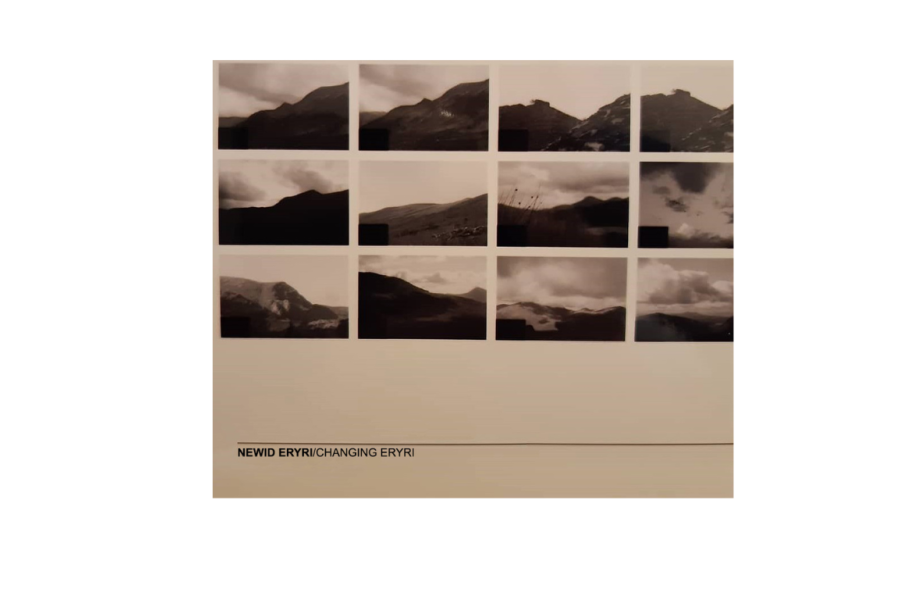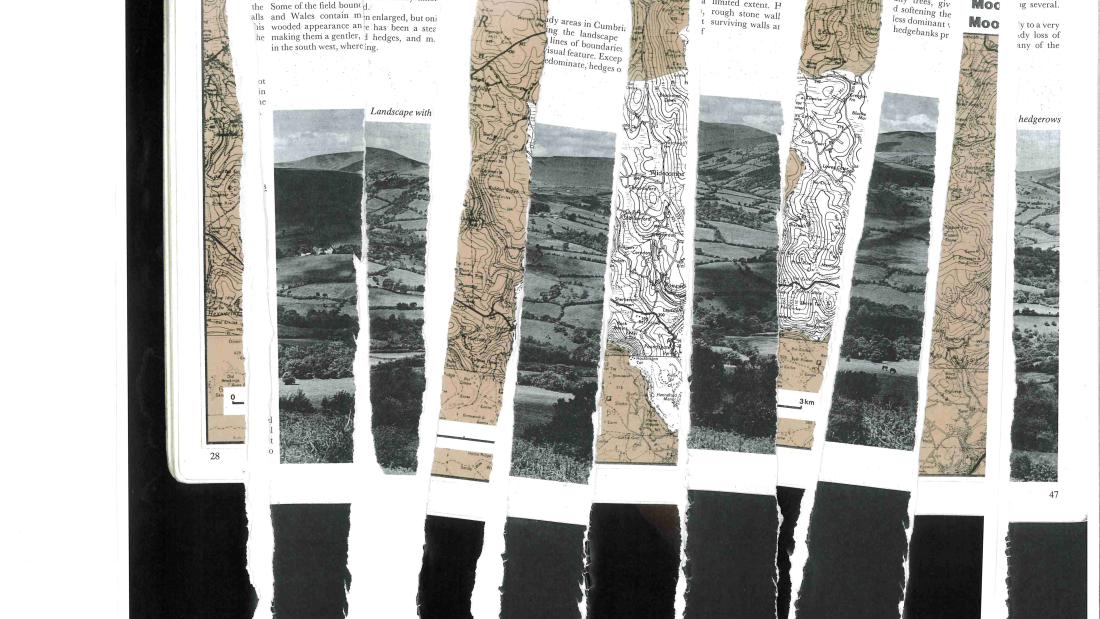The Welsh Government calls this ‘the decisive decade’ to tackle climate change and biodiversity loss.
Natural Resources Wales warns that climate change is projected to increase the frequency and intensity of droughts, river and coastal floods and heatwaves - expected to reduce ecosystem resilience further.
The Climate Change Committee advises that transforming land is one of four key areas Wales can take action to reach net zero.
The landscapes we know, the places we dwell in are changing. Eryri is no exception. But how should we feel or confront this fact? Are we ready for change?
‘Changing Eryri’ is an interactive exhibition that shines a light on the diverse ways in which Eryri has already undergone change, from the hidden processes intrinsic to shaping our understandings of its landscape, to the more evident physical transformations undertaken by the historic Penrhyn Estate.
Through art, sound, maps and other archive materials, visitors will discover how Eryri and our sense of the landscape has changed over time.
The main question leading this inquisitive exhibition is:
Can learning that landscapes evolve, in physical terms but also in terms of how they are perceived, reduce desires to keep the current landscape as fixed and un-changing?
Vist the Project Website: reframing.wales
Opening times:
Closed 10 +11 August
Monday 12 August 10am-12noon and 5-8pm
Tuesday 13 August 10am-12noon and 5-8pm
Wednesday 14 August 10am-12noon and 5-8pm
Thursday 15 August 10am-12noon and 5-8pm
Friday 16 August 10am-12noon and 5-8pm
Saturday 17 August 10am-2pm and 5-8pm
Sunday 18 August 2-5pm* and 5-7pm (*Special Event see details below)
Special event
On Sunday, August 18th there will be a series of short talks, the sharing of wider archive collection material, as well as tea and coffee between 2-5pm. Additionally, Welsh folk singer Gwilym Bowen Rhys will perform songs about the landscape and communities of North Wales.
This exhibition forms part of a doctoral research project entitled ‘Reframing Wales’ funded by the Draper’s Company. It is supported by Bangor University Archives and Special Collections, the Institute for the Study of Welsh Estates, Sir William Roberts Centre for Sustainable Land Use, the Department of Music, Drama and Performance and Pontio.


